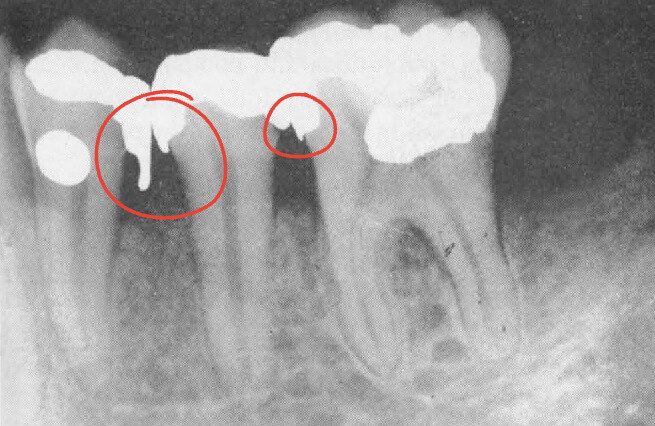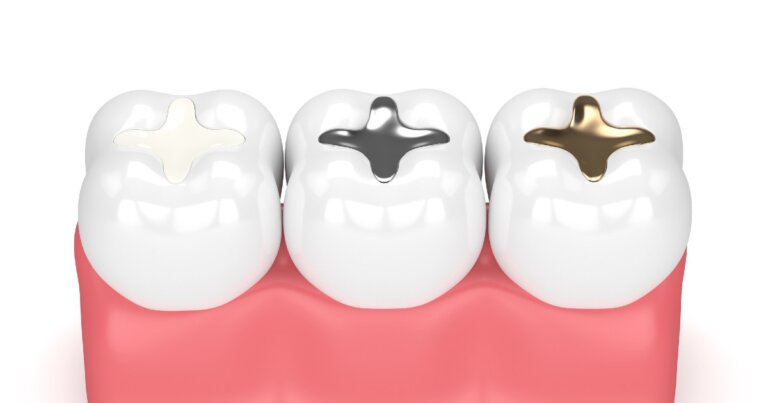Dental Filling Overhanging Margin

What Is A Dental Filling Overhanging Margin?
A Dental Filling is a restorative treatment used to repair a damaged or decayed tooth. The procedure involves removing the damaged portion of the tooth, cleaning the area, and filling it with a material like composite resin. A well-placed filling creates a smooth transition from tooth to filling, preventing bacteria and food from getting trapped.
However, a dental filling overhanging margin occurs when the filling extends beyond the tooth’s surface, leaving a gap. This can be due to poor adaptation of the filling material or deep cavities under the gumline. If left untreated, an overhanging margin can lead to tooth decay, gum disease, and even tooth loss.
Before you contact a Toronto dentist to examine a Dental Filling Overhanging Margin, there are some things you should know as a patient:
- Why Do Dental Fillings Have Overhanging Margins?
- Signs And Symptoms Of A Dental Filling Overhanging Margin
- Treatment Options For A Dental Filling Overhanging Margin
- Managing A Dental Filling Overhanging Margin Until You Can See The Dentist
- Frequently Asked Questions About Dental Filling Overhanging Margins
If you have questions about a Dental Filling Overhanging Margin or other dental problems, please contact us for more information.
Why Do Dental Fillings Have Overhanging Margins?
Several factors can cause an overhanging margin, including:
- Poor Filling Placement: Improper adaptation of the filling material against the tooth’s surface can create gaps or ledges.
- Subgingival Tooth Margins: When a cavity extends below the gumline, it becomes difficult to achieve a proper seal, leading to an overhang.
If you suspect you have an overhanging margin, it’s essential to visit your dentist promptly to prevent further damage. If you have further questions about Overhanging Margins under a Dental Filling, please contact us.
Signs and Symptoms of A Dental Filling Overhanging Margin
If you have an overhanging margin, you may notice the following:
- Tooth Sensitivity: Discomfort when consuming hot or cold foods.
- Tooth Pain: Pain when chewing or biting.
- Gum Irritation: Swelling or tenderness around the filling.
- Food Trapping: Difficulty keeping the area clean due to trapped food or debris.
- Noticeable Ledge: A rough or uneven edge that you can feel with your tongue or fingernail.
- Dark Discoloration: A grayish hue or dark spots under the filling, indicating possible decay.
Experiencing any of these symptoms? Schedule an appointment with your dentist to address the issue. If you have further questions about signs and symptoms of a Dental Filling Overhanging Margin, please contact us.
Treatment Options for A Dental Filling Overhanging Margin
Your dentist may recommend one of the following treatment options, depending on the severity:
- Filling Adjustment: Minor overhangs can sometimes be smoothed out with a dental drill.
- Filling Replacement: For significant overhanging margins, the entire filling may need to be removed and replaced.
- Root Canal Therapy: If the overhanging margin has led to extensive decay, a root canal may be necessary.
- Crown Lengthening: In cases where the margin extends below the gumline, gum surgery may be needed to expose more of the tooth and remove the overhanging filling.
- Dental Crown: If the tooth has extensive damage, your dentist may recommend a crown to protect it.
The appropriate treatment option will depend on the cause and severity of the Dental Filling Overhanging Margin. If you have further questions about treatment options for a Dental Filling Overhanging Margin, please contact us.

Managing A Dental Filling Overhanging Margin Until You Can See the Dentist
If you suspect an overhanging margin but can’t get to the dentist immediately, follow these tips to manage the issue:
- Practice Good Oral Hygiene: Brush and floss gently around the filling. Rinse your mouth with salt water or mouthwash to reduce bacteria and inflammation.
- Use Over-the-Counter Pain Medication: Ibuprofen (Advil) or acetaminophen (Tylenol) can help manage discomfort until your appointment. Consult your dentist for the right dosage.
- Avoid Eating on the Affected Side: Chew on the opposite side to avoid aggravating the overhanging margin.
These steps can help manage discomfort temporarily, but it’s crucial to schedule a dental appointment as soon as possible to avoid further complications. If you have further questions about how to manage and treat a Dental Filling Overhanging Margin, please contact us.
Frequently Asked Questions About Dental Filling Overhanging Margins
- What problems can arise from an overhanging margin?
An overhanging margin can trap food and bacteria, leading to tooth decay, gum disease, and even tooth loss if left untreated.
- How is an overhanging margin diagnosed?
A dentist can diagnose an overhanging margin through a clinical examination and bitewing dental X-rays to detect gaps between the filling and tooth.
- What should I do if I suspect an overhanging margin?
Contact your dentist promptly for an evaluation to prevent potential complications like decay or gum disease.
- Can an overhanging margin be prevented?
Ensuring precise placement, proper tooth preparation, and using appropriate materials can help prevent overhanging margins. Regular dental check-ups are also essential.
Addressing an overhanging margin in a dental filling promptly is crucial to maintaining your oral health and preventing complications like decay or gum disease. If you have further questions about how to manage and treat a Dental Filling Overhanging Margin, please contact us.

